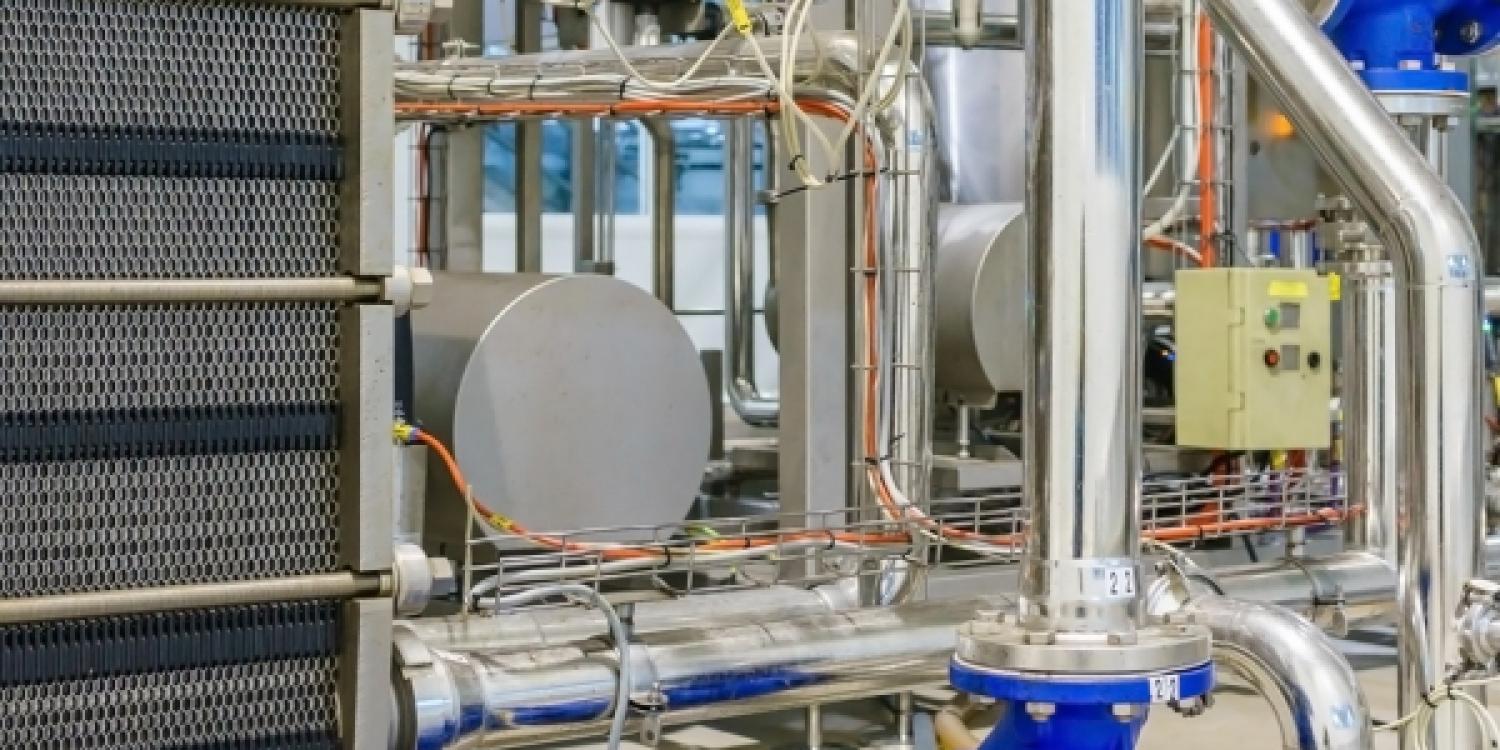Heat recovery from production processes

Information
Even in workplaces which have already introduced energy saving measures, there is still one untapped source… waste heat.
Industrial or thermal processes produce heat that is all-too-often released into the atmosphere, adding to greenhouse gases. That heat can be recovered and used in various ways.
Not all waste heat streams are economically/technically feasible to recover. An expert or in-house analysis of energy flows can determine what is possible.
Despite the potential savings and benefits, very few waste heat recovery projects are implemented in practice. Complexity, lack of end-users, technical constraints (e.g. set up during downtime periods), extended payback periods, lack of visibility of industrial activities are some of the underlying reasons for the low take-up.
Technologies for heat recovery include:
- Converting low-temperature heat into electrical energy using the organic rankine cycle, or ORC, process
- Using waste heat to run refrigeration systems
- Supplying waste heat to remote or local heating networks
Waste heat can be recovered, for example, via the following production processes and locations:
- Ventilation and refrigeration systems
- Water processing and cooling, food and drinks processing, etc.
- Compressed air systems
- Flue or processed gases
- Heat pumps